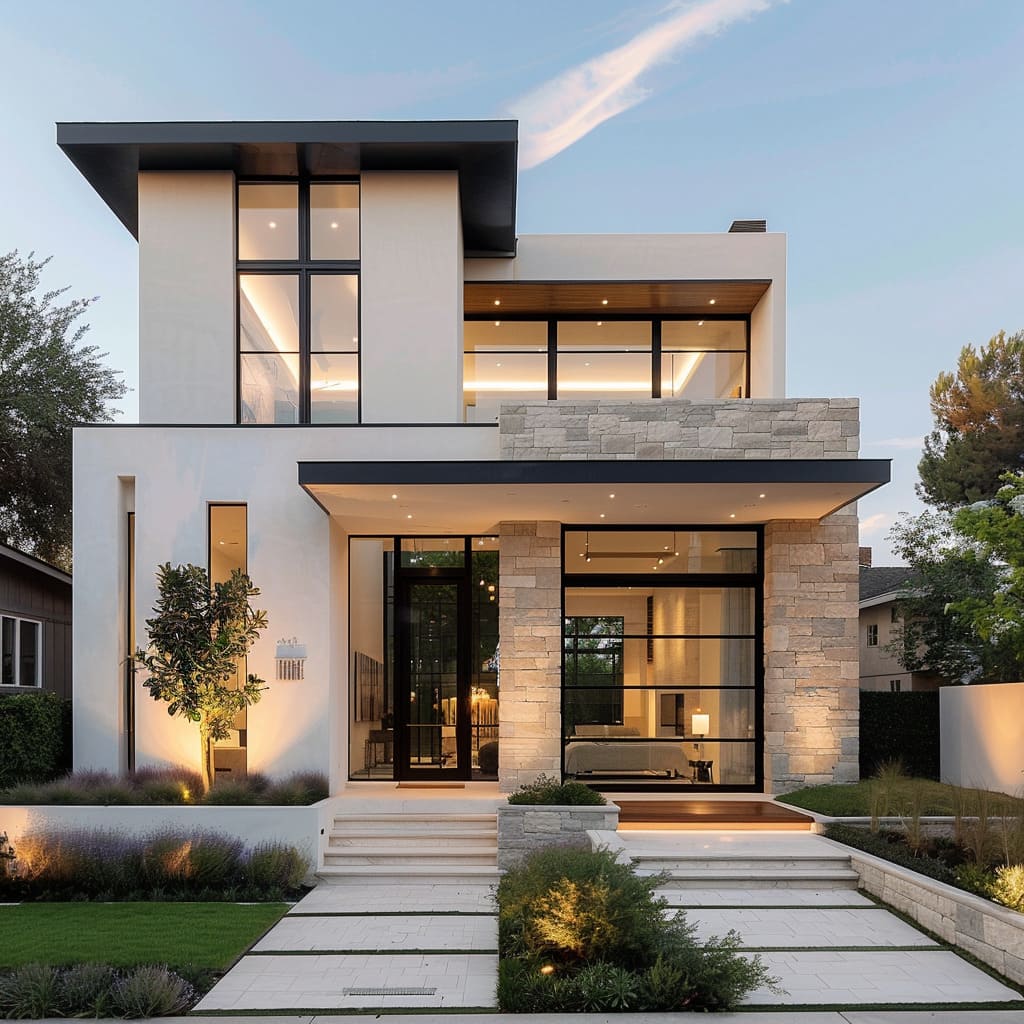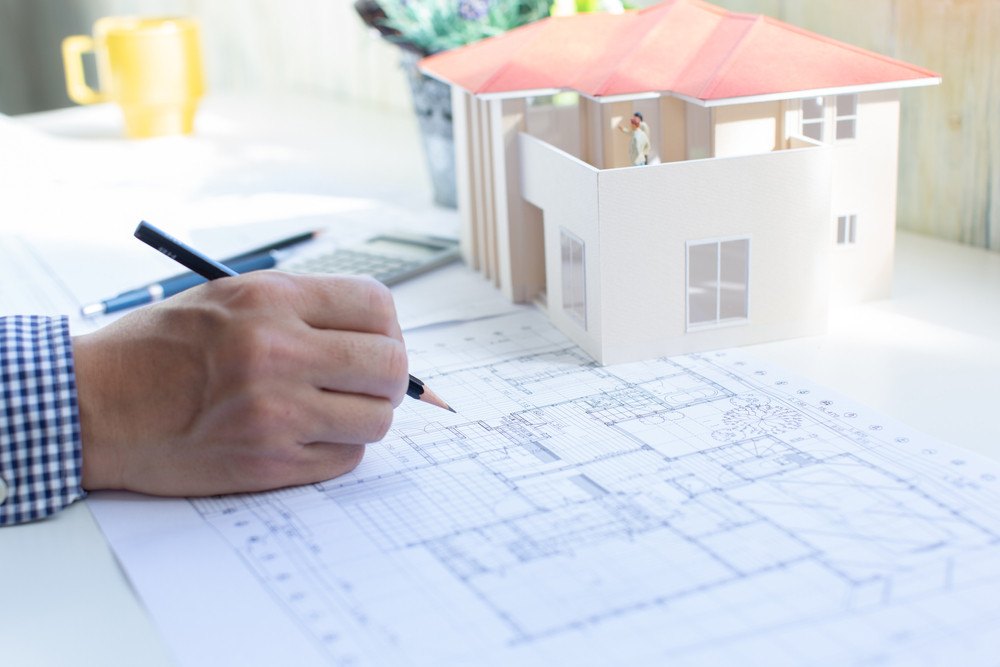Changing Areas: The Vision of CDA Architects for Modern Living
Wiki Article
A Comprehensive Review of Building Styles and Their Impact on Modern City Preparation and Advancement
Building styles have long offered as a mirror to the societal worths and technical innovations of their time, playing an important role in shaping modern-day city planning and advancement. From the majesty of Neoclassicism to the utilitarian method of Brutalism, each design has introduced special concepts that influence city visual appeals and capability.Historic Introduction of Architectural Styles

As cultures transitioned with the Center Ages, Gothic style emerged, characterized by its verticality and intricate describing, mirroring the spiritual desires of the era. The Renaissance noted a resurgence of classical suitables, combining art and design in innovative means that influenced succeeding styles throughout Europe.

Today, building styles remain to evolve, driven by globalization and sustainability worries, reflecting a dynamic interaction between heritage and advancement. This historic introduction emphasizes the relevance of architecture as a mirror of societal advancement and as a catalyst for metropolitan growth.
Key Architectural Styles Explained
The variety of architectural styles shows the myriad impacts that form our built atmosphere, each personifying distinctive qualities and social values. Key architectural styles include Classic, Gothic, Baroque, Innovation, and Postmodernism, each representing special historic contexts and visual ideologies.
Classical architecture, rooted in ancient Greece and Rome, stresses symmetry, proportion, and the use of columns (cda architects). In contrast, Gothic design, growing in the center Ages, is identified by sharp arcs, ribbed vaults, and flying buttresses, producing an aerial high quality in sanctuaries. Baroque design, arising in the 17th century, is marked by majesty, fancy embellishment, and a dynamic interaction of light and shadow
Innovation, which acquired energy in the early 20th century, prioritizes feature over type, making use of brand-new products like steel and glass to produce minimalist structures. Postmodernism, reacting against the austerity of Innovation, welcomes eclecticism and historic recommendation, usually including spirited components and paradox.

Influence on Urban Planning
In shaping the growth of cities, architectural designs considerably affect metropolitan preparation decisions. The option of architectural design commonly dictates the aesthetics, capability, and overall character of metropolitan settings. For example, innovation, with its focus on minimalism and performance, urges open areas and the assimilation of innovation, forming city formats that focus on performance and availability. Conversely, conventional designs might stress historical preservation, causing city designs that preserve social heritage and advertise pedestrian-friendly environments.In addition, building designs can impact zoning policies and land use policies. Urban coordinators need to take into consideration the dominating building patterns when making areas, making sure that brand-new developments harmonize with existing structures. This consideration promotes cohesive urban landscapes and boosts neighborhood identity.
The implementation of certain architectural styles can additionally influence socioeconomic aspects within a city. For instance, premium contemporary designs may bring in wealthy citizens and services, causing gentrification, while a lot more inexpensive real estate remedies could focus on useful and sustainable layouts to fit varied populations. Ultimately, the interaction between building styles and urban preparation creates vibrant cities that show both historic context and contemporary demands, shaping the lived experiences of their inhabitants
Sustainability and Modern Style
Building styles play a crucial function in dealing with modern challenges, specifically in the realm of sustainability. As urban locations broaden and ecological issues increase, browse around this web-site modern style increasingly welcomes sustainable layout principles that prioritize power efficiency, source preservation, and minimal environmental impact.Contemporary architectural activities, such as biophilic design and eco-friendly style, advocate for structures that integrate with their surroundings, utilizing natural materials and promoting biodiversity. These designs usually include renewable resource resources, such as solar panels and wind turbines, to lower dependence on nonrenewable fuel sources and lower carbon impacts.
Furthermore, the assimilation of innovative technologies, such as wise building systems, improves power management, optimizing source usage while making sure owner convenience. Innovative water management approaches, consisting of rainwater harvesting and greywater recycling, further add to sustainable metropolitan atmospheres.
Significantly, sustainability expands past ecological concerns; it encompasses social and economic dimensions as well. By fostering area wellness and advertising inclusivity, modern architectural styles align with sustainable development goals. The development of architectural methods continues to shape resilient cities that not only fulfill the requirements of the present however likewise protect the future for generations to come.
Community Involvement in Layout
Neighborhood engagement in layout functions as a critical bridge in between designers and the populations they offer, making certain that the developed environment mirrors the requirements and ambitions of its individuals. This collaborative procedure invites area members to add their understandings and preferences, fostering a feeling of ownership and duty towards the spaces they live in.Efficient community involvement uses numerous approaches, such as workshops, surveys, and public online forums, to gather diverse perspectives. These approaches promote a two-way dialogue, permitting architects to recognize local contexts while equipping citizens to voice their problems and desires. This inclusivity not just improves the layout high quality yet also advertises social equity by dealing with the special obstacles faced by marginalized teams.
Moreover, neighborhood see post interaction can lead to cutting-edge services that may not arise in a conventional style process. By incorporating neighborhood knowledge and cultural worths, engineers can create areas that reverberate more deeply with individuals, boosting usability and sustainability. Ultimately, prioritizing neighborhood involvement in design processes causes atmospheres that nurture social interactions, assistance health, and reinforce area ties, thereby playing a critical that site role fit modern metropolitan landscapes.
Final Thought
Building designs have actually greatly influenced modern city planning and development, reflecting developing cultural and technological contexts. The integration of historical aesthetics with contemporary needs fosters urban environments that focus on sustainability and area involvement. As cities proceed to expand and adapt, the continuous dialogue between building heritage and modern-day design concepts will certainly stay necessary in producing inclusive, dynamic spaces that enhance quality of life and promote social equity. The future of urban growth rest on this harmonious balance.Report this wiki page